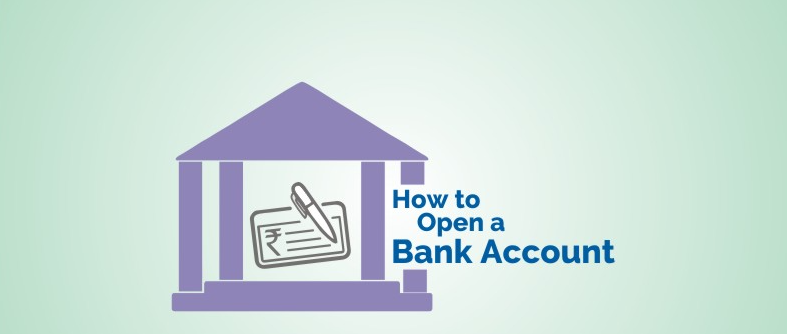Opening a bank account is a significant step towards financial independence and management. Thanks to digital advancements, the process has become increasingly streamlined, yet the time it takes can vary based on several factors. This article discusses the typical duration required to open an account. It explores the key differences between current and savings accounts, helping you decide which suits your financial needs.
Understanding the Account Opening Process
The duration of setting up a new bank account is subject to several variables, each crucial in dictating the overall timeline from application to activation. Opting for a digital route through an online platform often promises a more expedited process, enabling applicants to navigate the steps virtually and submit required documentation electronically. Conversely, traditional in-branch applications might extend the time frame due to the necessity of face-to-face interactions and the physical exchange of documents.
Furthermore, the nature of the account—be it a straightforward savings account or a more complex current account designed for daily transactions—alongside the bank’s internal protocols can also impact the processing period. Each financial institution has its unique set of procedures and verification checks, which can either streamline or prolong the account opening journey, making it imperative for potential account holders to consider these factors when preparing to establish a new banking relationship.
Online vs. In-Person Applications
Opting to open an account online is generally the fastest method, potentially taking only a few minutes to a few hours. The process involves filling out an application form on the bank’s website and submitting the necessary documents digitally. Verification and approval can be swift, though some banks might take a few business days to review your application thoroughly.
In contrast, opening an account in person at a bank branch might require more time. The process involves visiting the bank, filling out paperwork, and providing physical copies of your identification documents. While some banks can open your account on the same day, others may take several days to finalise everything.
Required Documentation
The set of documents required for opening a bank account, whether through an online platform or by visiting a bank in person, is crucial for verifying your identity and residency to the financial institution. This documentation, central to the account setup process, helps banks ensure adherence to regulatory standards and prevent fraud. The essential documents usually encompass a government-issued photo ID, such as a passport or driver’s license, and a document confirming your address, like a recent utility bill or lease agreement. For specific types of accounts, banks may request further details to tailor the account features to your needs.
Initial Deposit Requirements
The necessity for an initial deposit as a prerequisite for activating a new bank account is a common stipulation set forth by financial institutions. This initial financial commitment serves multiple purposes; it not only signifies the account holder’s intent to utilise the banking services but also contributes to the operational activation of the account. The specific amount deemed necessary for this initial deposit is not uniform across all banks or account types. This underscores the importance of prospective account holders conducting due diligence before commencing the account opening process. Clarity can prevent unforeseen obstacles, facilitating a smoother transition into active account usage.
Difference Between Current Account and Savings Account
Understanding the difference between a current account and a savings account is crucial when opening a new bank account. A current account is designed for frequent transactions, including deposits, withdrawals, and transfers. These accounts typically offer no or low interest but provide greater flexibility for daily financial activities.
On the other hand, a savings account is intended for keeping money over the long term and usually offers higher interest rates than current accounts. This type of account is ideal for individuals looking to save money and earn interest over time, although it may restrict the number of transactions you can make.
Making Your Decision
Selecting the right type of bank account demands a thoughtful evaluation of one’s financial practices and aspirations. For those who engage in frequent monetary transactions, such as bill payments, direct deposits, or regular purchases, a current account offers the necessary functionality and access without constraints. Alternatively, individuals focused on cultivating their savings over time to accrue interest on these funds will find a savings account more aligned with their objectives. This decision should balance immediate financial needs and long-term goals, considering factors like interest rates, fees, and account features that can influence your financial growth and stability. Assessing these aspects carefully ensures that the chosen account serves as a tool that meets your current financial requirements and supports your future financial health and prosperity.
Conclusion
The time it takes to open a bank account can vary widely, from a few minutes to several days, depending on whether you choose to do so online or in person, the type of account, and the bank’s specific processes. Preparing the necessary documents and understanding the initial deposit requirements can help expedite the process. Additionally, understanding the fundamental differences between current and savings accounts will enable you to make an informed decision that aligns with your financial needs and goals. By navigating these considerations effectively, you can ensure a smooth and efficient account opening experience.
 :
https://pin.it/uue1zfbFO
:
https://pin.it/uue1zfbFO












